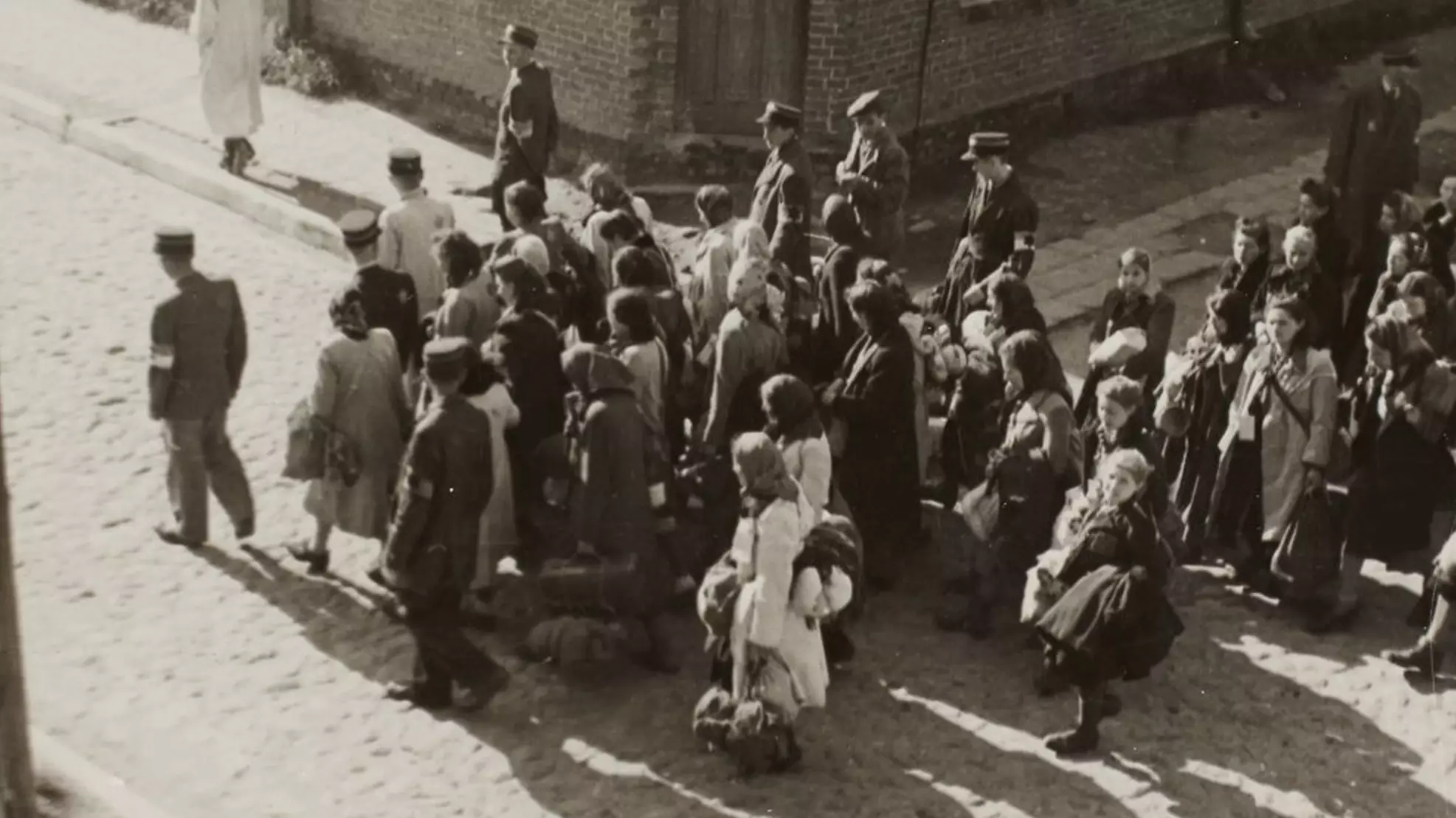
In 1944, fearing he was going to be deported to an extermination camp at any moment, photographer Henryk Ross buried over 6,000 negatives of images he had captured in a Jewish ghetto in war torn Poland. Now those photographs, taken over a four year period, are on display at the Museum of Fine Arts in Boston.
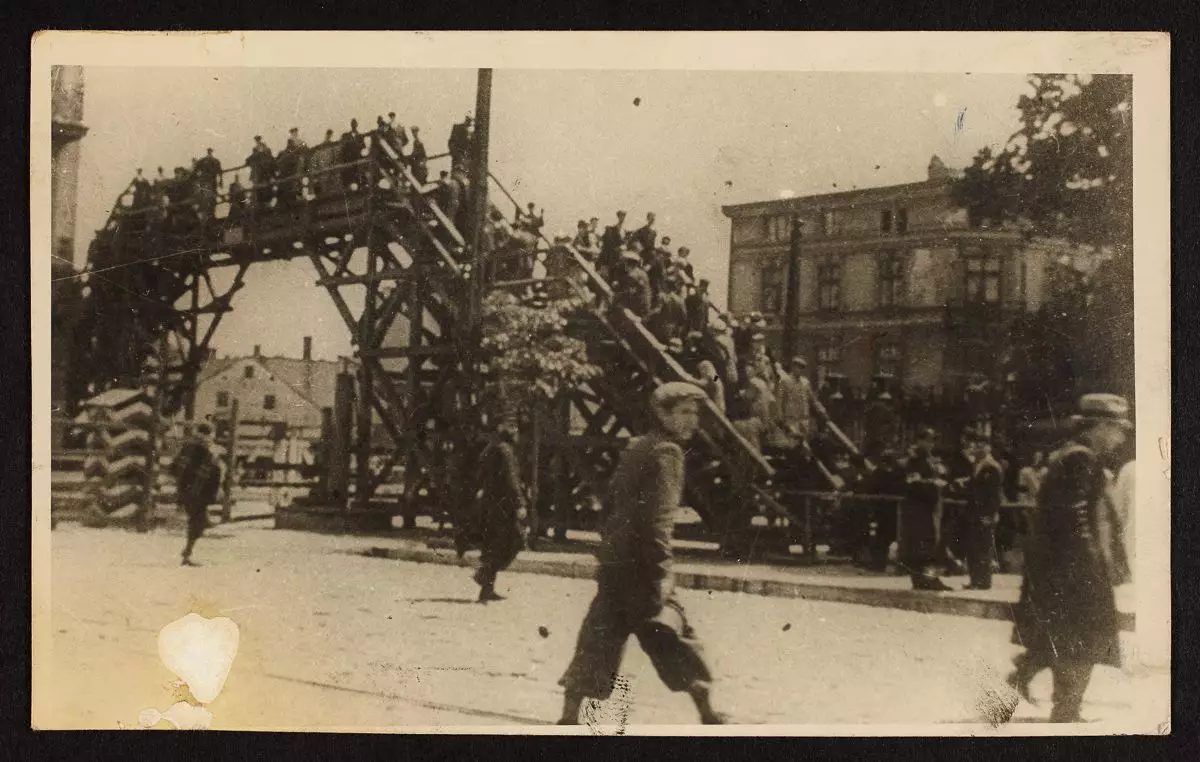
A boy walking in front of the bridge crossing Zigerska (the "Aryan") street. Credit: Henryk Ross, Collection of Art Gallery of Ontario
Advert
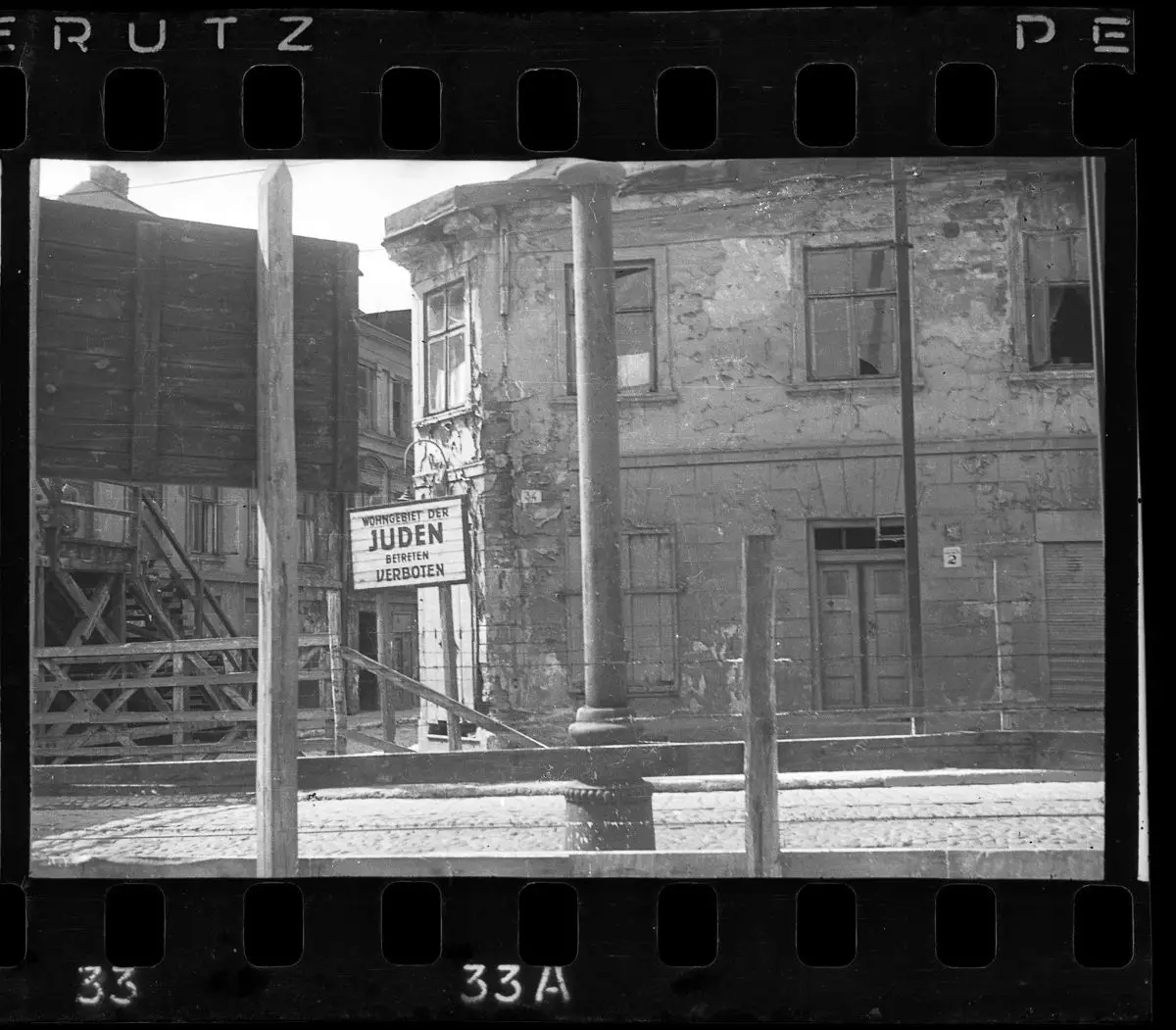
Sign for Jewish residential area ("Jews. Entry Forbidden"). Credit: Henryk Ross, Collection of Art Gallery of Ontario
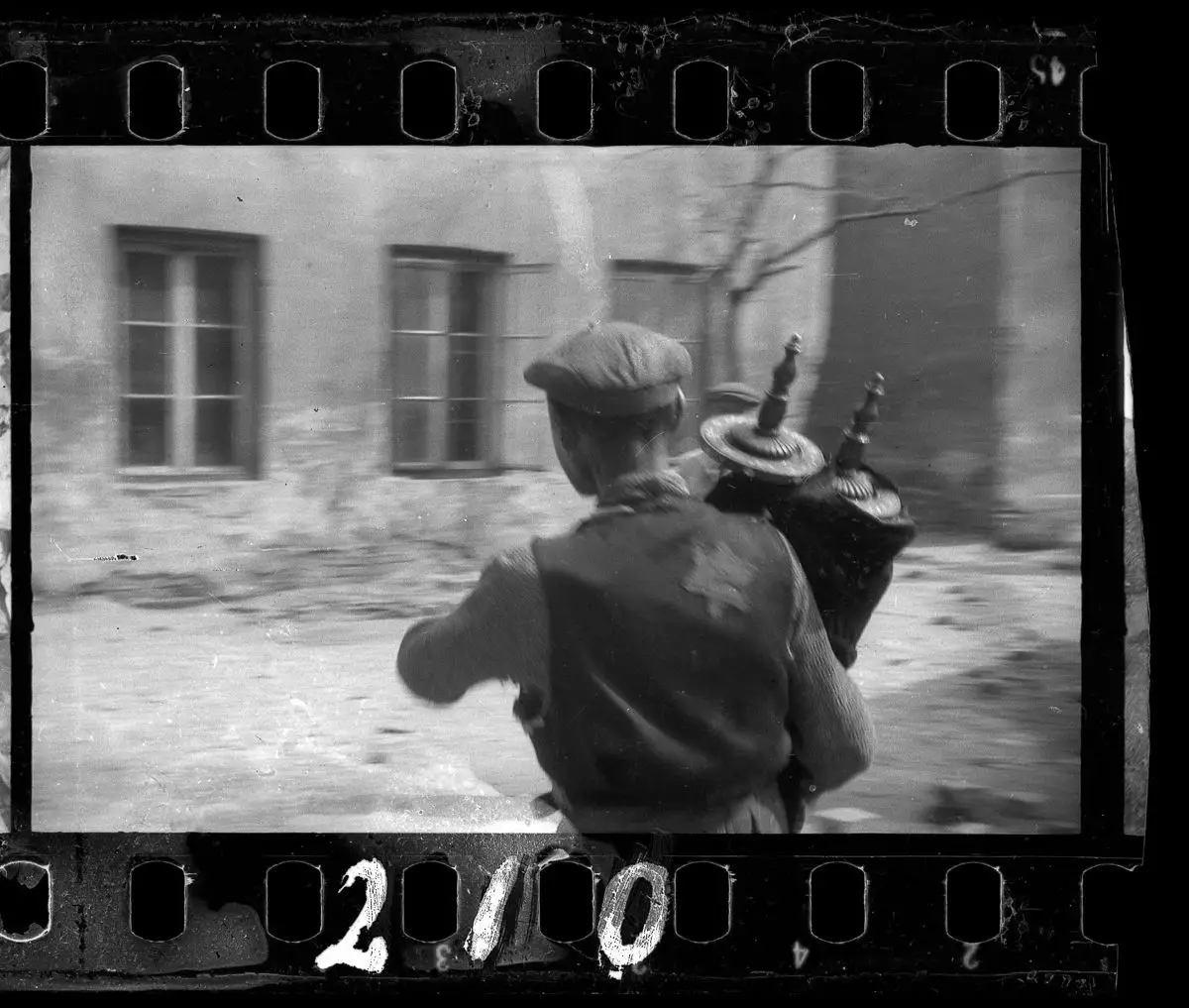
A man who saved the Torah from the rubble of the synagogue on Wolborska Street. Credit: Henryk Ross, Collection of Art Gallery of Ontario
Advert
Ross was the official photographer of the Lodz ghetto in Poland. He was tasked with shooting portraits for ID cards along with photographs for propaganda material. He had previously worked as a news and sport photographer, but during the war he was employed by the Department of Statistics instead.
The photographer made it his mission to preserve a record of the awful reality of life in the ghetto and by doing so, put his own life on the line.
"Having an official camera, I was able to capture all the tragic period in the Lodz Ghetto. I did it knowing that if I were caught my family and I would be tortured and killed," he was quoted as saying.
"His intention was really to preserve this record of the tragedy that they were living through, not knowing at that point whether he would survive or not," says Kristen Gresh, the Estrellita and Yousuf Karsh curator of photographs at the Museum of Fine Arts (MFA) in Boston.
But Ross did survive and at the end of the war he returned to the spot where he had buried the negatives, in order to show the world what he had seen.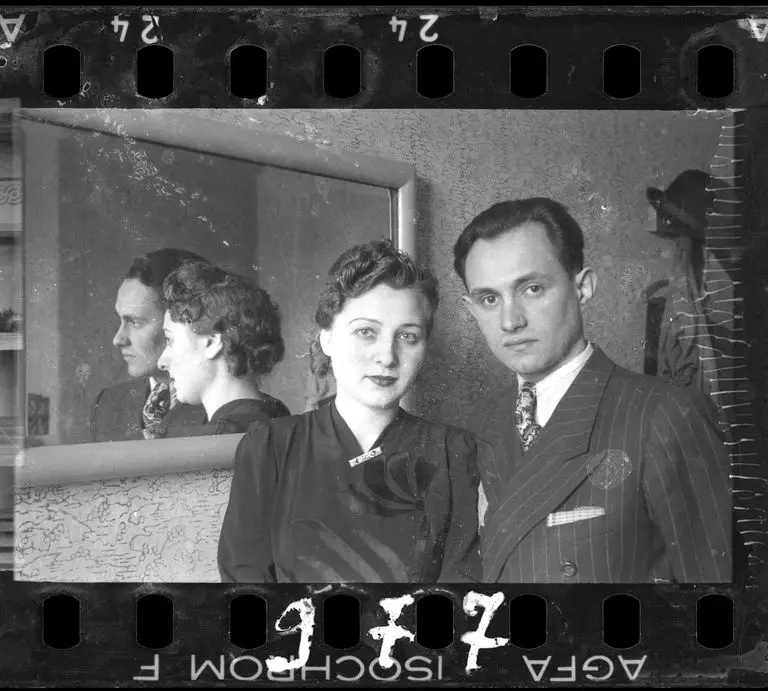
Advert

Credit: Henryk Ross, Collection of Art Gallery of Ontario
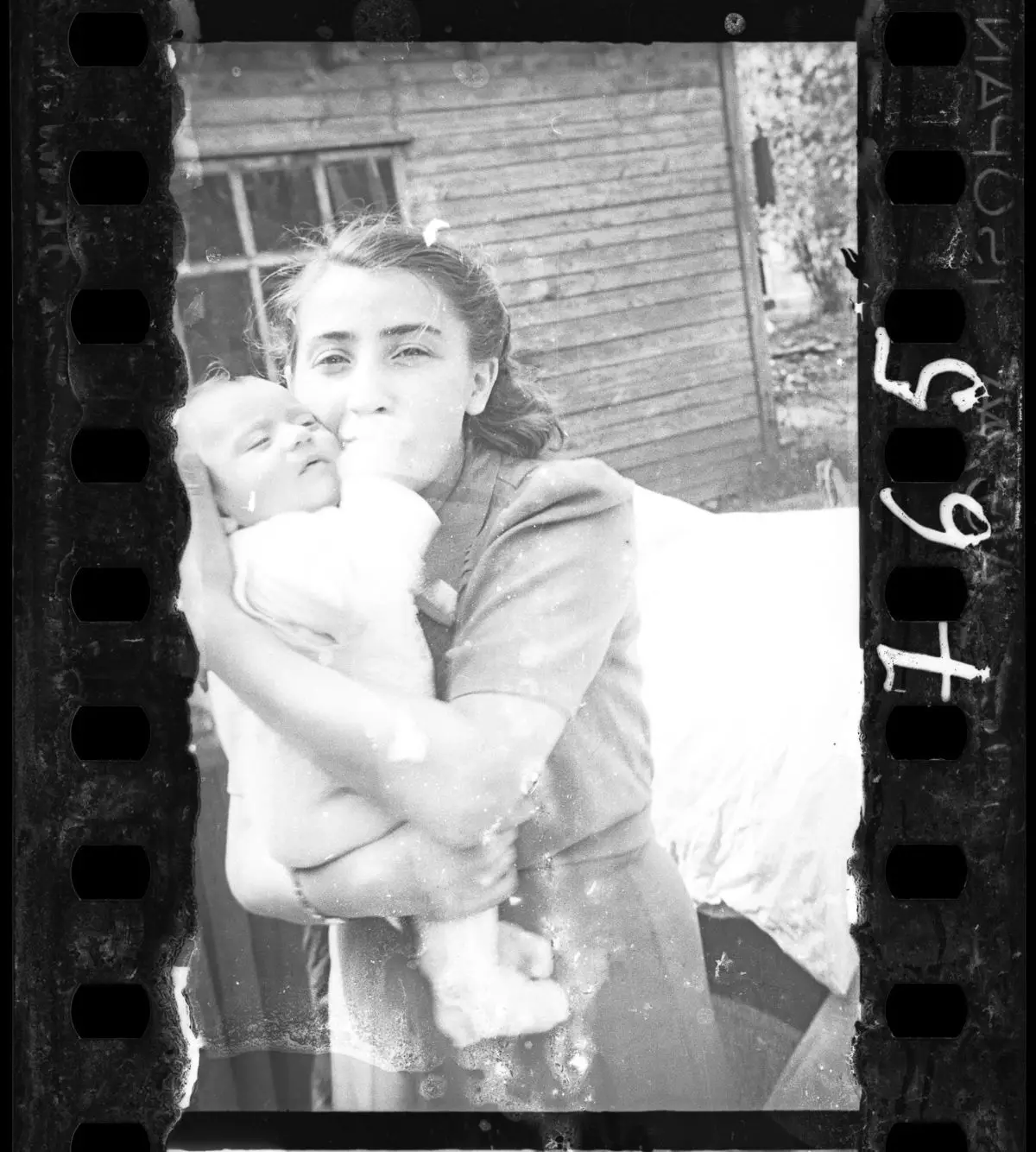
Woman with her child (ghetto policeman's family). Credit: Henryk Ross, Collection of Art Gallery of Ontario
Advert
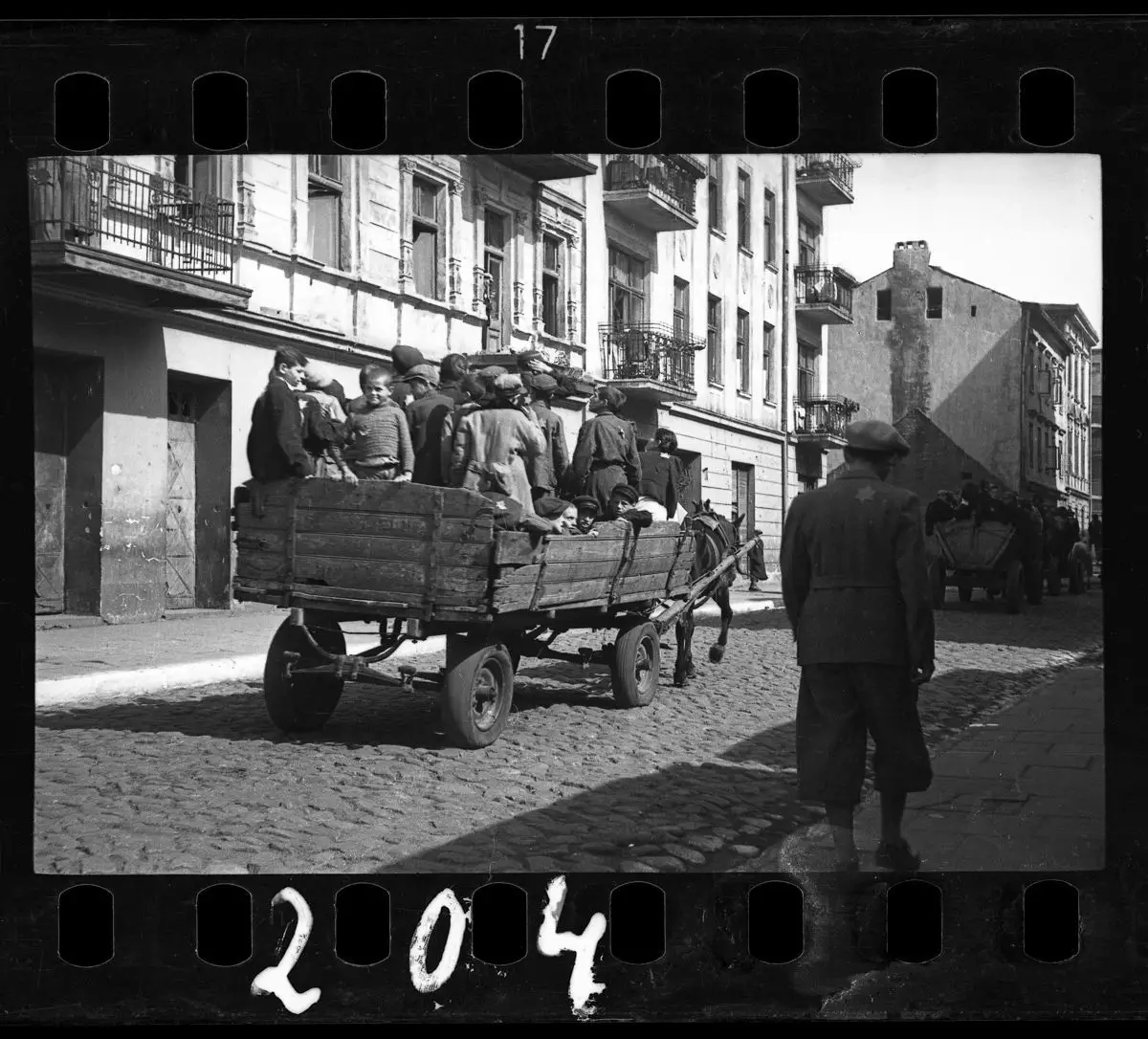
Children being transported to Chelmno nad Nerem (renamed Kulmhof) death camp. Credit: Henryk Ross, Collection of Art Gallery of Ontario
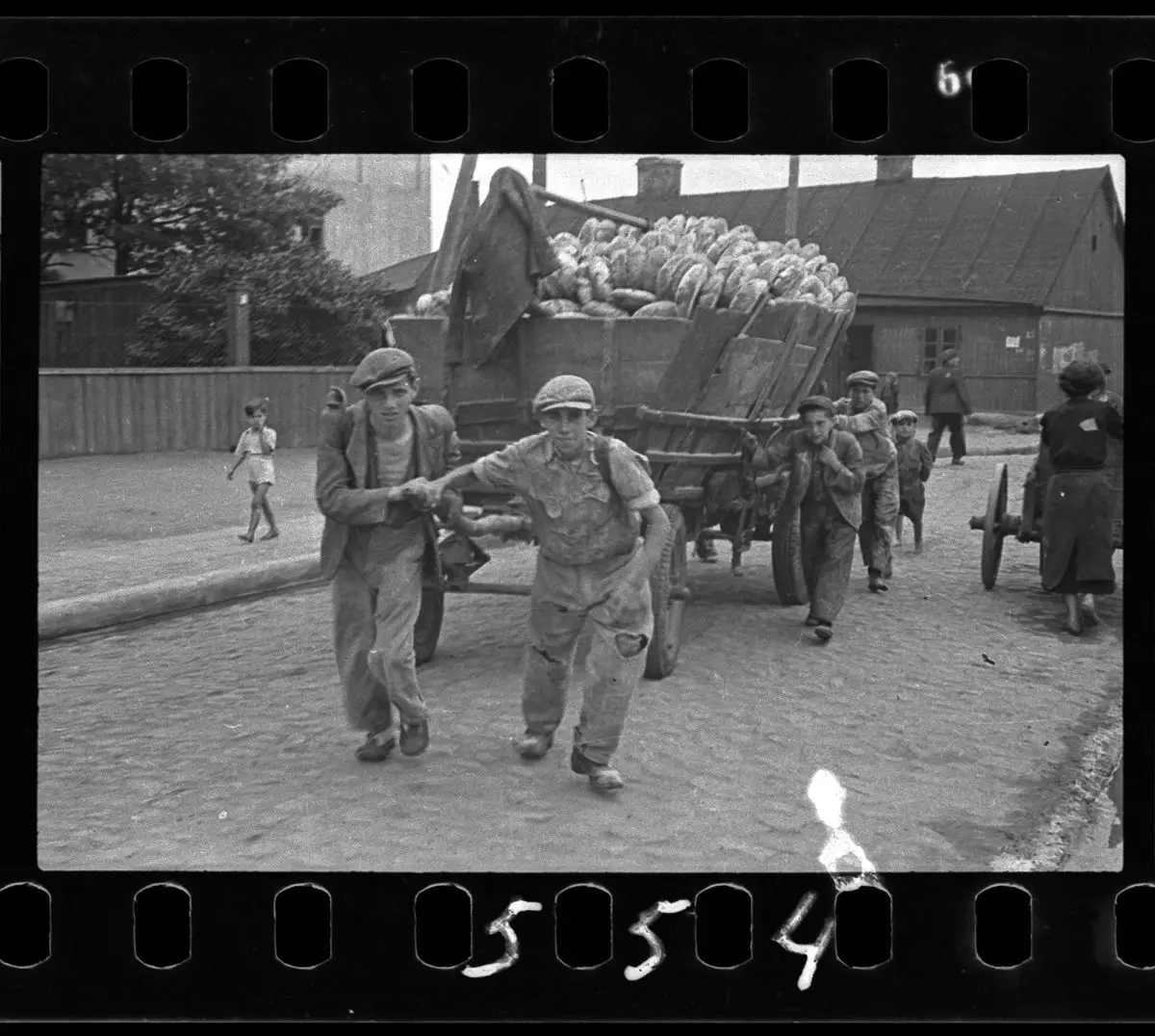
Men hauling cart for bread distribution. Credit: Henryk Ross, Collection of Art Gallery of Ontario
Advert
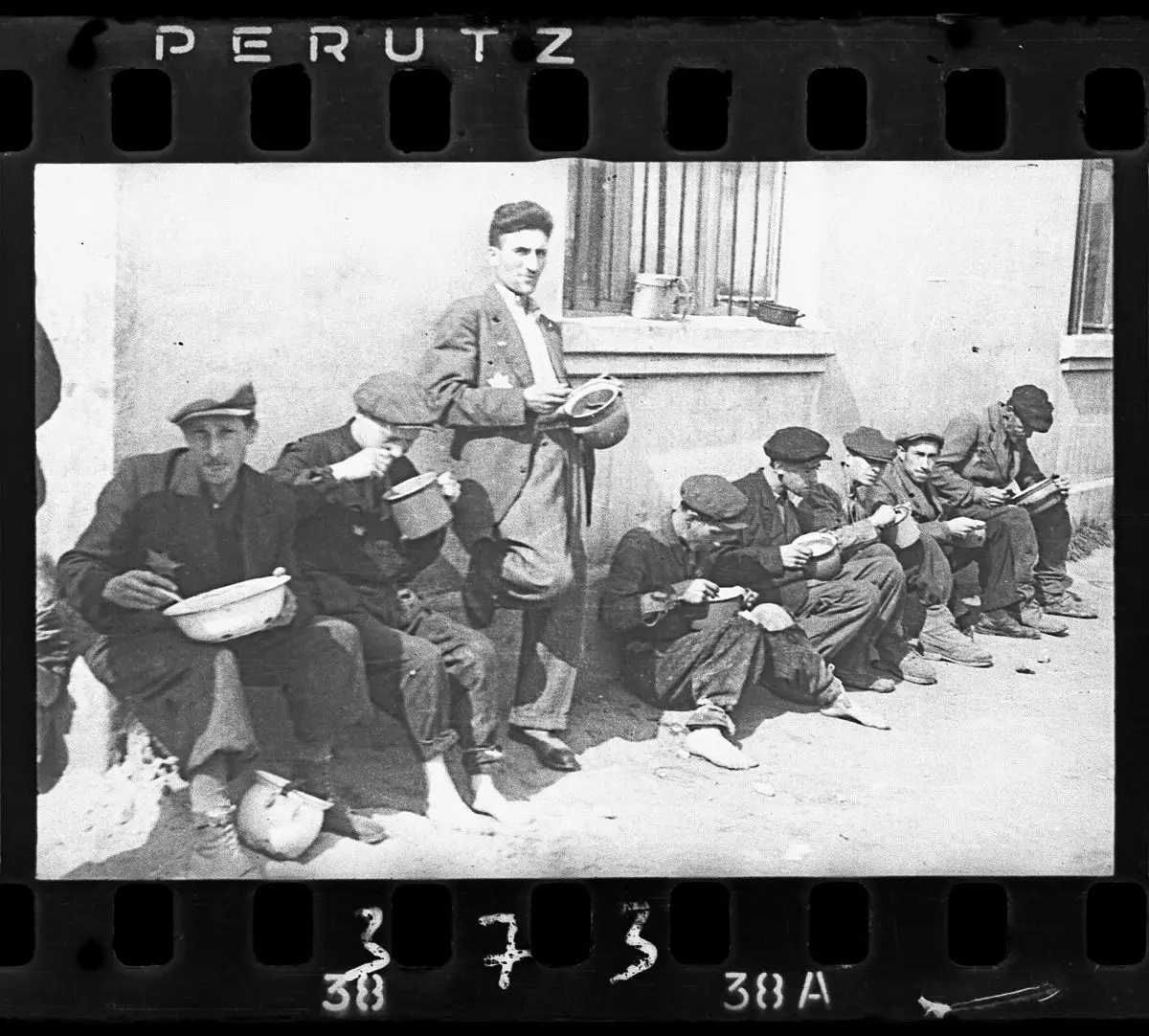
"Soup for lunch" (Group of men alongside building eating from pails). Credit: Henryk Ross, Collection of Art Gallery of Ontario
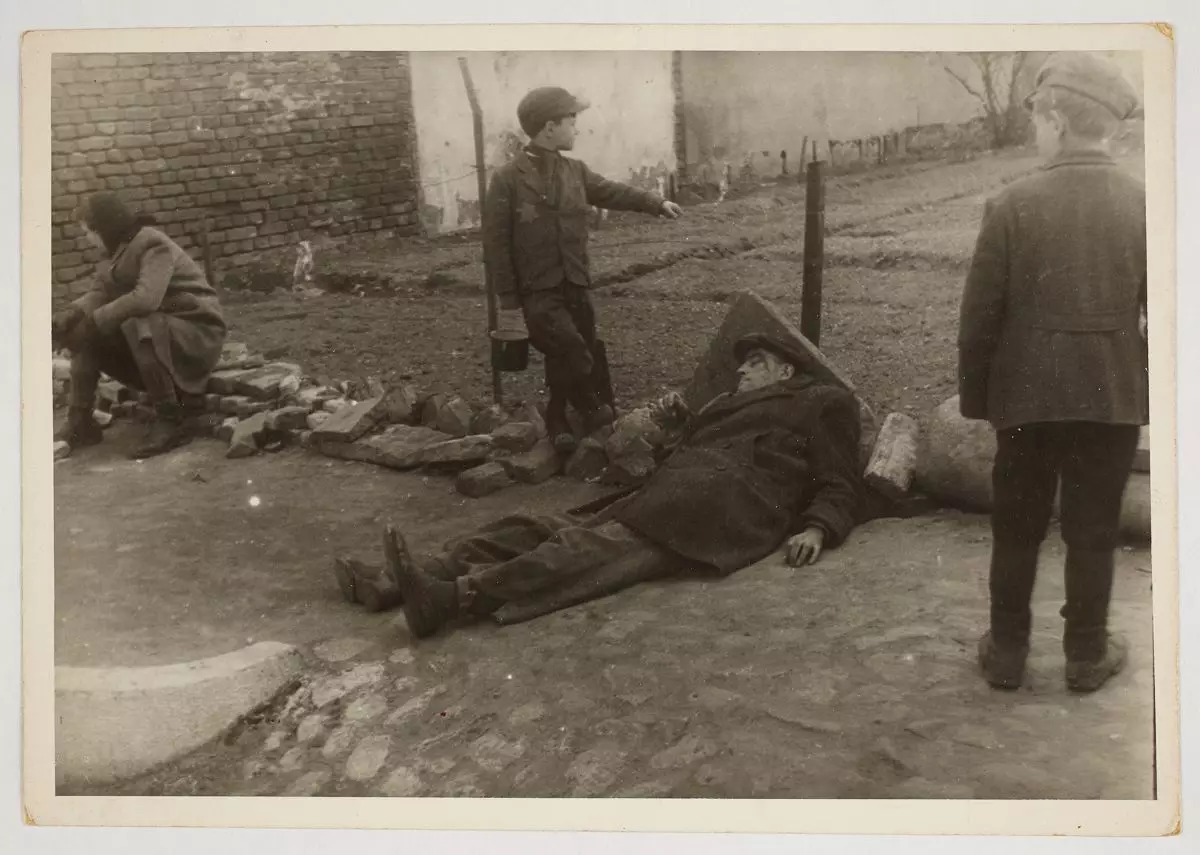
A sick man on the ground. Credit: Henryk Ross, Collection of Art Gallery of Ontario
You can see the full collection of photographs here.
Words by Paddy Maddison
Featured Image Credit: Henryk Ross, Collection of Art Gallery of OntarioTopics: World War 2, WWII, Nazi